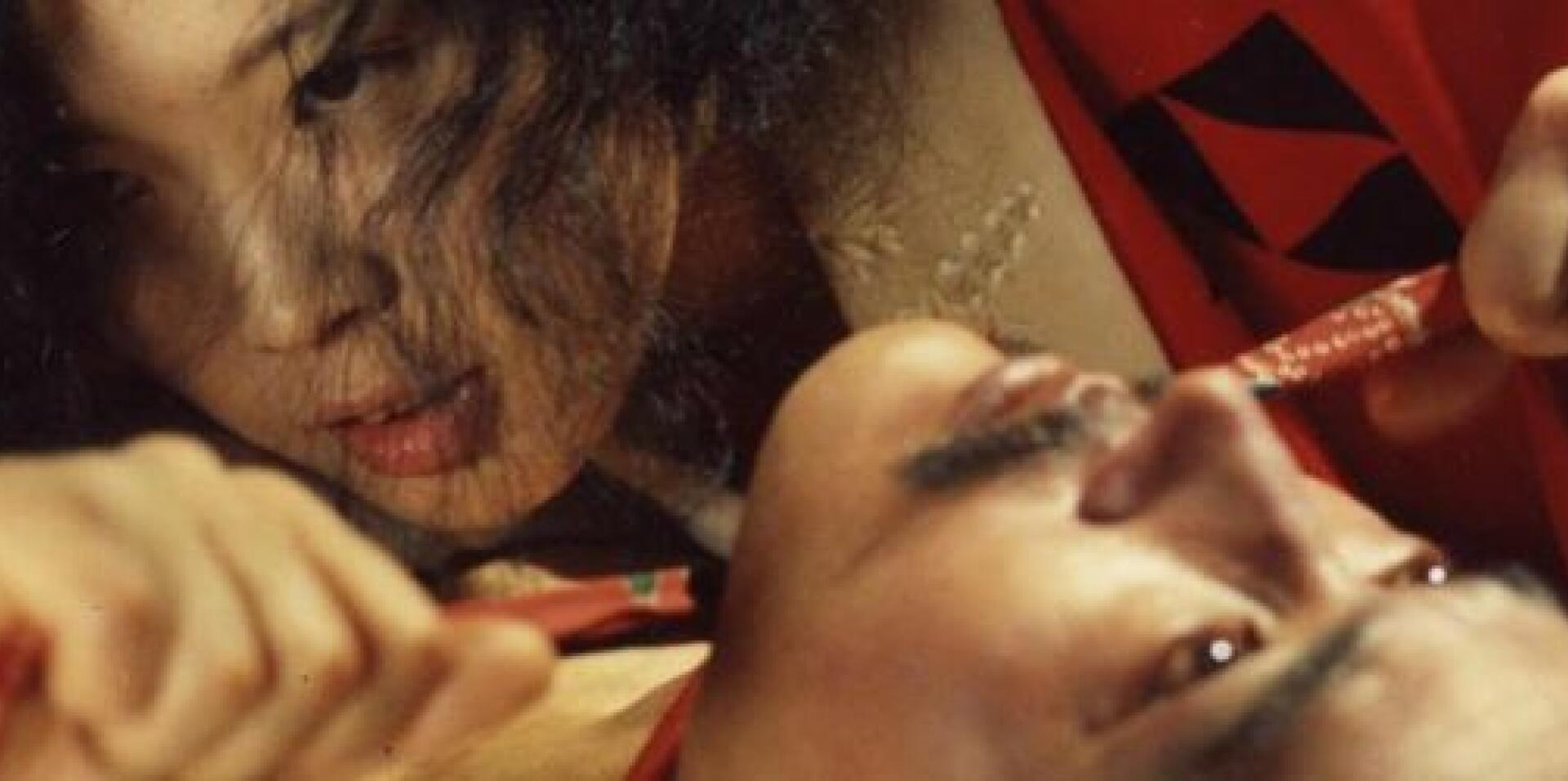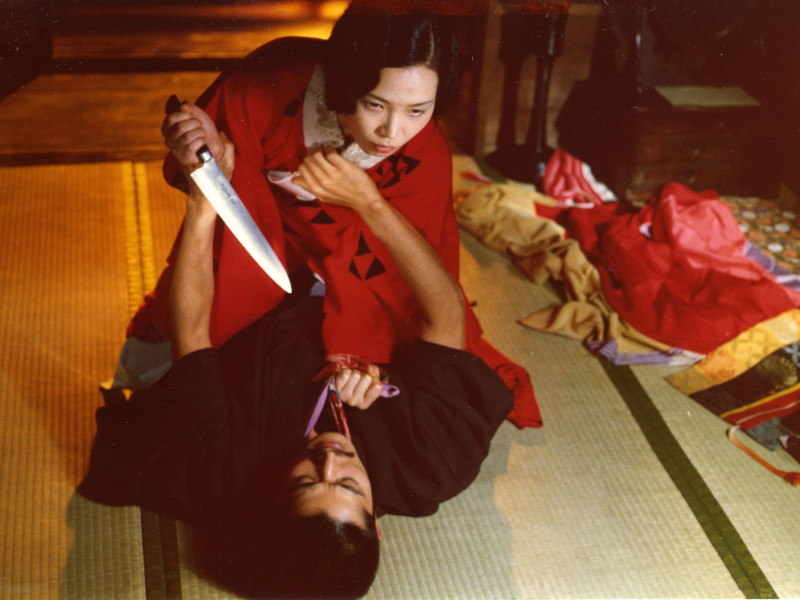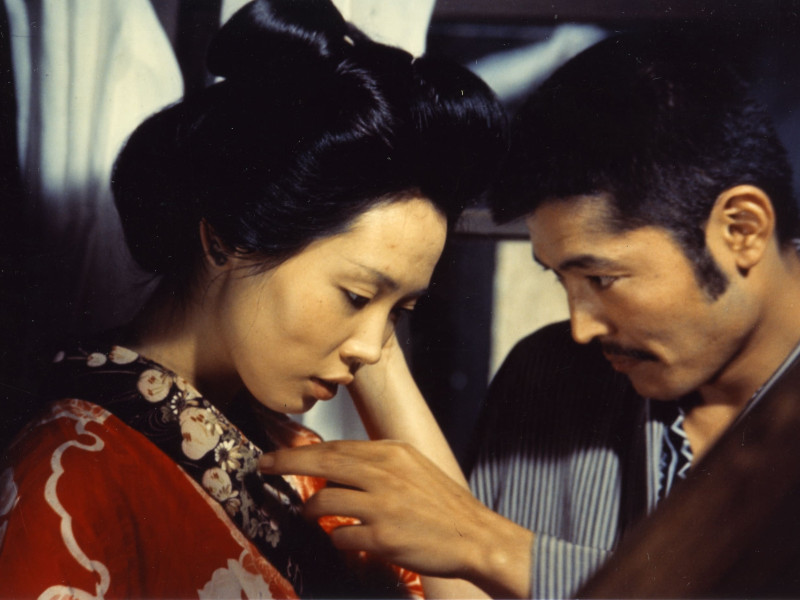
L’empire Des Sens
Nagisa Oshima
« L’Empire des Sens est un film totalement érotique. Dire cela n’est pas affirmer une évidence, puisqu’on emploie couramment, de nos jours, l’adjectif « érotique » pour désigner toute manifestation de sexualité vulgaire, pour tout ce que les Français dans leur beau langage appellent « cochonneries », tout ce que les gens bien élevés dénomment « cul ». En regardant ce film, j’ai pensé presque à chaque instant à Mishima et à son grand livre « L’Ordalie des roses ». Dans « L’Empire des sens », c’est à une ordalie du sexe que l’on assiste. Un homme, tel Saint Sébastien attaché à son arbre, est rivé par son sexe à la femme qui l’aime et qui le fléchera mortellement de son implacable amour. Il est presque banal de citer, à propos de cette oeuvre la célèbre définition de Georges Bataille selon laquelle l’érotisme est l’approbation de la vie jusque dans la mort… »
Propos d’André Pieyre de Mandiargues dans « Positif » n°181, mai 1976
Artistic & technical sheet
Fuji Tatsuya
Matsuda Eiko
Scénario
Oshima Nagisa
Image
Okamoto Kenichi
Montage
Uraoka Keiichi
Musique
Miki Minoru
Production : ARGOS FILMS (Paris) & OSHIMA PRODUCTIONS (Tokyo)


